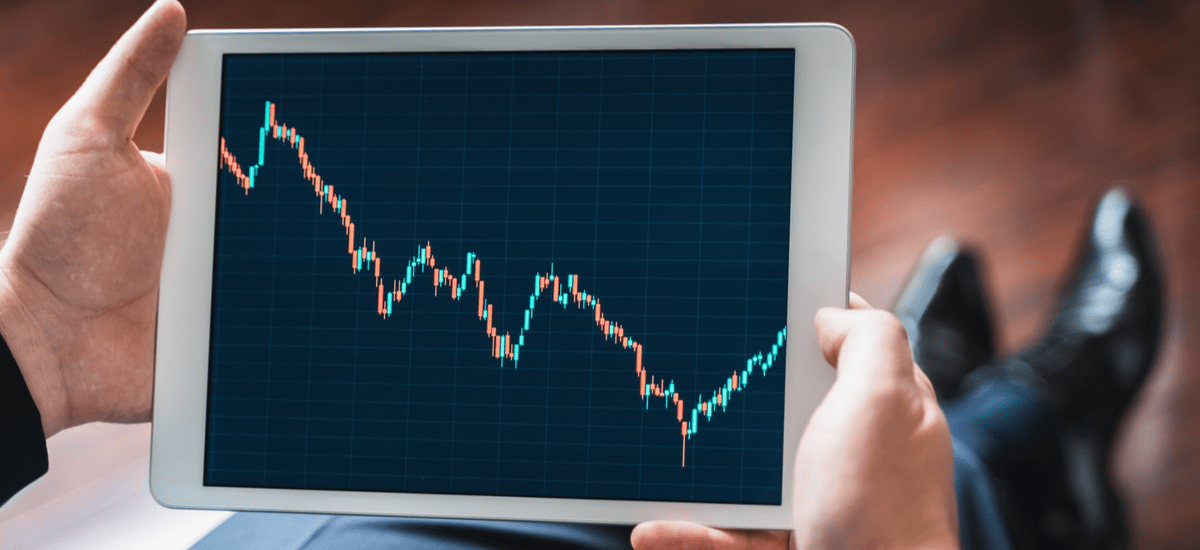
What is a margin call and how can you avoid it?
When you delve into CFDs , you may have come across the term ‘ margin call ‘. The meaning of this is that there is simply not enough money in your investment account. The disadvantage of this is that your position is closed, without you being able to do anything about it. That is why we will discuss in this article how investing on margin works, and how you can also prevent it.
What is the meaning of a margin call?
A margin means a form of collateral, this is another word for a guarantee. For the derivative that you have, you use a guarantee, which in this case is a certain amount that you can put aside in the investment account. Because of the margin, there is a guarantee of obligation of payment at the issuer.
The margin can be on the high side due to the high risk you can have with investing. Think of the investment products futures and (binary) options . The more volatile such a product is, the higher the margin can be.
When you buy shares ‘physically’, you hardly have to deal with a margin. The reason for this is that you run much less risk of losing your money (completely), because you actually own the shares.
There are two different types of margins, each with its own function: a margin to deposit and a margin to maintain. With the former you can open a position, with the latter you can then keep the position open. If the balance drops too low, there is a risk that the position can no longer be kept open by the investor. Therefore, the investor then receives a margin call.
The amount of margin (or collateral) that must be maintained per investment depends on the location of the investment, i.e. the broker/bank. It is important to pay attention to the rules, which differ per investment organisation.

A margin call notification therefore consists of a warning stating that the balance on the investor’s account is lower than the minimum amount required to maintain the position. The investor then has two options: additional funds must be deposited to increase the balance, or positions must be closed to reduce the maintenance margin.
Interesting fact: the name ‘margin call’ originated from the period when brokers called their investors themselves to indicate that the balance was too low. Nowadays this notification is no longer done by phone, more often by e-mail.
An example
Imagine the following situation: you have deposited €1000,- into your investment account to open a position of €5000,-. Here you use a leverage with a ratio of 1:5,-. If your shares drop by a value of 10%, then you would lose €500.-. If the maintenance margin already becomes 10%, there is a chance that you will get into trouble, because you do not meet the requirements of the margin.
That is why you need to invest extra money if you want to keep your position open. What that minimum amount should be, is usually known to every broker (and if not, you can always ask). Is the amount on your investment account approaching €0? Then the broker will make a margin call. If no extra money is deposited, your position will be closed automatically. It is impossible to lose more money than is known on your account.
Do you have different types of investments with a broker ? The result of one investment can also influence that of another investment, which does not necessarily have to be negative. Suppose we still calculate with the previously mentioned example, and you have also invested €1000 in another share with a margin of 500% (leverage 1:5). If the second share would have risen by a percentage of 10%. Then the profit of this investment compensates for the loss of the first investment. Because the right has been made, you will not receive a margin call in this case.
With multiple positions it can be the case that with one bad performance all investments you have can be closed. This differs per broker or investment company.
How to avoid a margin call
A margin call closes open positions, how can you prevent a margin call as much as possible? This can be done by ensuring that there is enough money in your account at all times. But how do you ensure this? We have listed 3 different ways for you!
Method 1 – By a stop loss order
A stop loss order is automatically executed when a certain limit of an investment is reached. This way you prevent losses. You can determine the level of that limit when you deposit money.
Method 2 – By a guaranteed stop
A second option is a guaranteed stop. This means that when the position of an investment falls below a certain value, you take your loss. The loss that you experience is unfortunately already there, but limited.
Although this method looks like a stop loss order, a guaranteed stop is generally more expensive. The reason for this is that you can still lose a lot of money with a very flexible market. The guaranteed stop closes the position at the specified value, so that you do not lose too much of your investment. A stop loss sells the position at the set value. The guaranteed stop immediately stops it at the set value.
Method 3 – By making a deposit
The final option to avoid a margin call is to ensure that you have sufficient funds in your account or by depositing funds. If this is done on time and regularly, you have a much greater chance of being able to maintain your position.
Start investing in derivatives
Would you like to start investing in derivatives? Compare brokers and start investing. Investing in derivatives involves a higher risk, the margin call is an example of this. However, derivatives can be a good investment if used properly.
